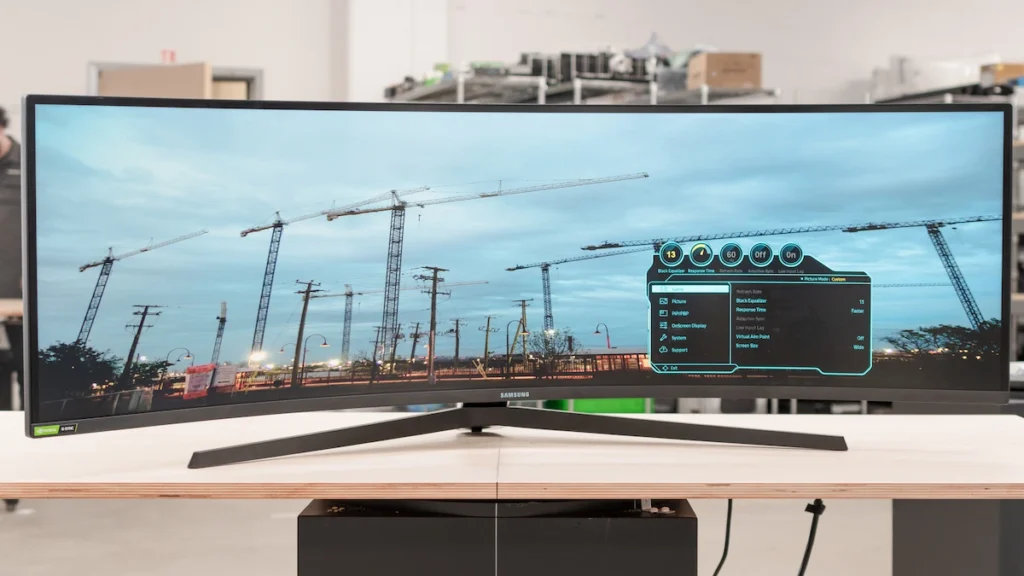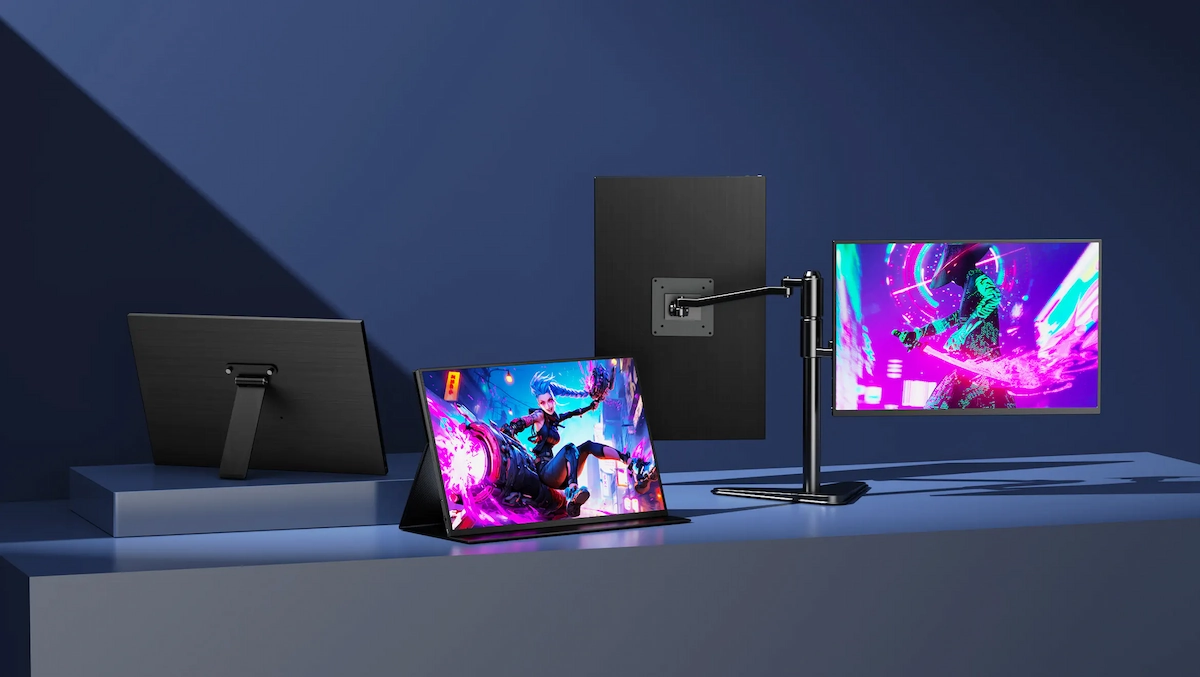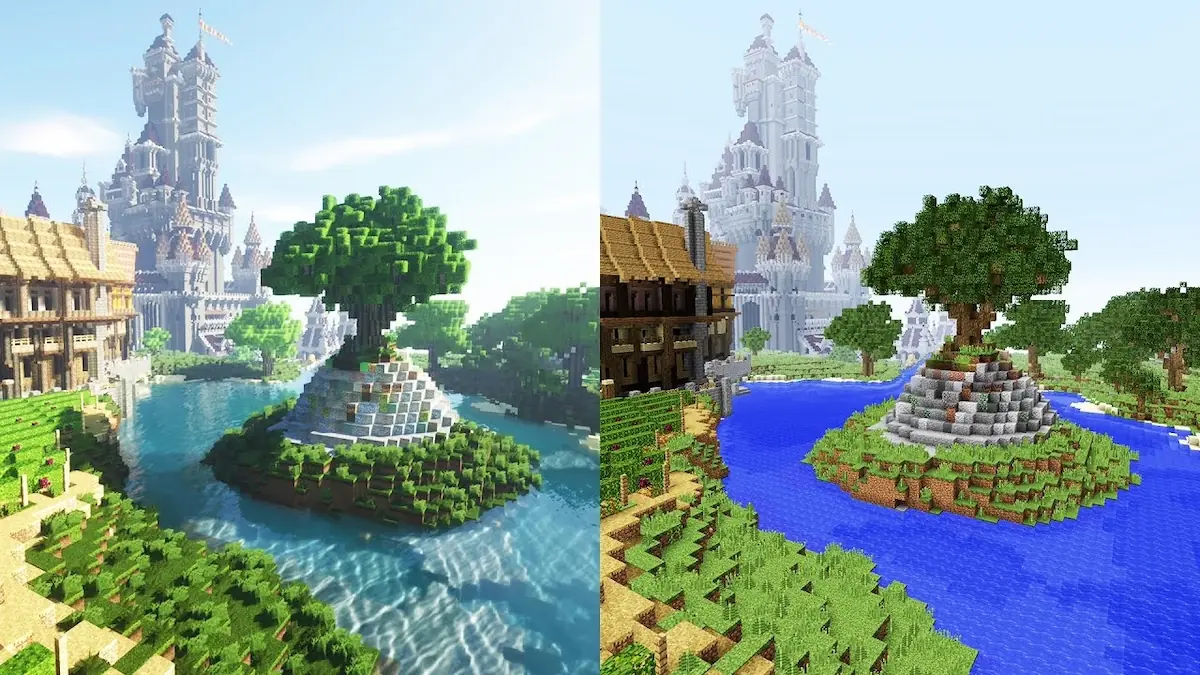Since 8K gaming (7680×4320) is the ultimate in visual fidelity—four times the pixel density of 4K and sixteen times that of 1080p—it requires extreme hardware selection, computer tweaking, and very realistic performance expectations from the gamer to achieve smooth 8K gaming.
Understanding 8K Gaming Requirements
Because each frame consists of over 33.2 million pixels requiring rendering, this is the power level thrown into 8K gaming. This brute force is needed because even the most powerful cards are hard put to maintain high frame rates at native 8K resolution in modern AAA titles. High optimization becomes the key to a playable experience.
Essential Hardware Components
Graphics Card Requirements
The GPU is the most significant hardware for playing games in 8K resolution. Today, the highest-end graphics cards can barely manage smooth gameplay at 8K resolution:
These are recommended ones:
- NVIDIA RTX 5090 (32GB VRAM) – The new flag bearer has breathtaking 8K performance.
- NVIDIA RTX 5080 (16GB VRAM) – The card is found to be amazing in 8K support for DLSS 4.
- NVIDIA RTX 4090 (24GB VRAM) – The last generation king, accused of still being great.
- AMD RX 7900 XTX (24GB VRAM) – An alternative at par, but has a better competitive edge in terms of VRAM space.
This is indeed because the great importance of VRAM allocation comes in such great numbers for 8K texture and frame buffer use in video memory. The RTX 50-series cards do very well in this area, with the RTX 5090’s absolutely egregious 32GB VRAM buffer giving unmatched room to maneuver in 8K gaming. Cards with less than 16GB of VRAM will suffer minor stutter effects or possibly fail texture streaming altogether.
CPU Considerations
A GPU can take care of most of the rendering workload, but to prevent bottlenecks, a powerful CPU is required during most of the complex scenes.
Recommended CPUs:
- Intel Core i9-13900K/14900K
- AMD Ryzen 9 7950X/7900X
- Intel Core i7-13700K (budget-conscious option)
Make sure to choose a CPU that can maintain consistent frame delivery to rule out the possibility of the GPU underutilization under CPU-intensive gaming scenarios.
Memory and Storage
RAM: Make sure to use 32GB DDR4-3200 or DDR5-5600 minimum if you want to achieve maximum output. 8K Gaming requires a ton of system memory for the asset streaming and background processes.
Storage: Use an NVME SSD with at least 2TB storage capacity. Modern games with 8k texture packs can easily exceed 150GB per title. Consider PCIe 4.0 for the best loading performance.
Display and Connection Requirements
Monitor Selection
Real 8K Gaming requires an 8K Display, but these remain rare and expensive.
- Find Displays with HDMI 2.1 or DisplayPort 2.0 Support.
- Consider buying OLED panels for superior contrast and color accuracy.
- Make sure the display supports variable refresh rate technologies(GSync/FreeSync).
Alternative Approaches
8k Downsampling: You can render games at 8K Resolution, but use a 4K Monitor for improved image and visual quality through supersampling anti-aliasing.
DLS/FSR Integrations: With new technologies, you can use AI upscaling to render at lower resolutions while maintaining 8K output quality.
Software Optimization Strategies
Game Settings Prioritization
8K gaming often demands compromises, prioritize settings based on visuals.
High Priority Settings:
- Texture quality (maximize VRAM usage)
- Anti-aliasing (less critical at 8K due to pixel density)
- Shadow quality
- Lighting effects
Low Priority Settings:
- Post-processing effects (bloom, motion blur)
- Particle density
- Vegetation detail distance
DLSS and FSR Implementation
If you want to ensure 8K gaming, then AI upscaling is a must.
NVIDIA DLSS 4: The latest AI upscaling option is available on NVIDIA’s 50 series cards, and it offers significantly improved quality and performance over the last version. It can render at 1440p and upscale to 8K with minimal visual compromise while also providing frame rate improvements.
NVIDIA DLSS 3: This option came up with NVIDIA’s 40 series cards; it can render up to 1440p or 4K and upscale to 8K, providing a significant performance boost with new frame generation technology.
AMD FSR: This is an open-source alternative to DLSS that works across multiple GPU brands, though it can be less effective than DLSS 3 and DLSS 4.
Game-Specific Considerations
Different games have different 8K performance characteristics:
- Esports titles (CS2, Valorant): Often achieve high frame rates
- Racing games: Good candidates for 8K due to distant detail benefits
- Open-world RPGs: Most demanding, require significant compromises
Conclusion
8K Gaming has become easier with the coming of NVIDIA’s 50 series GPUs and DLSS 4. While still requiring the top-of-the-line hardware and perfect optimization, the RTX 5090 and 5080 have made 8K gaming more achievable than ever before. The combo of increased VRAM, improved AI upscaling, and raw computational power brings 60+ FPS 8K gaming within the reach of many modern titles.
As GPU technology keeps advancing and AI upscaling improves more and more, 8K gaming will become increasingly accessible. The 50 series represents a major milestone in making high refresh rate 8K gaming a reality, though it needs a huge investment.
The key to successful 8K gaming lies in understanding these limitations while making maximum use of the available hardware through careful optimizations and selections.



